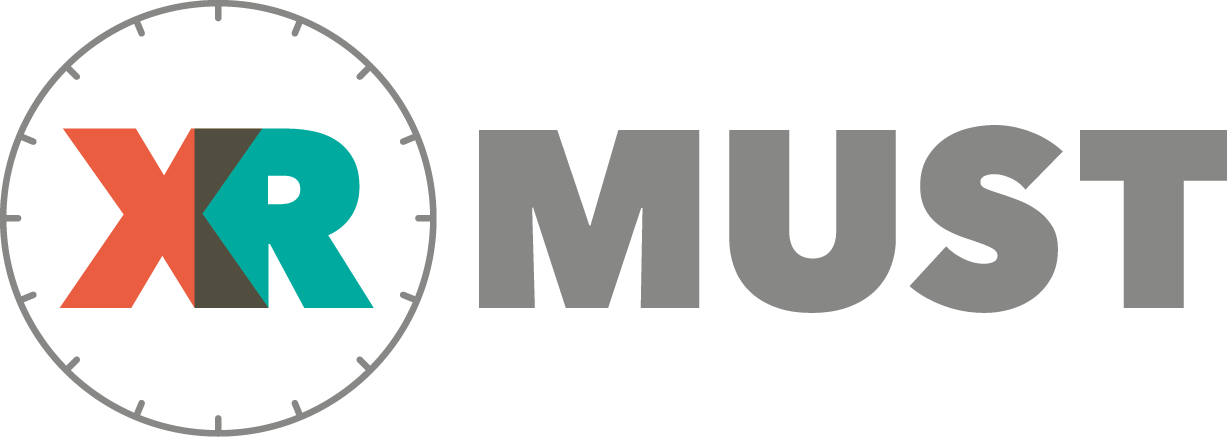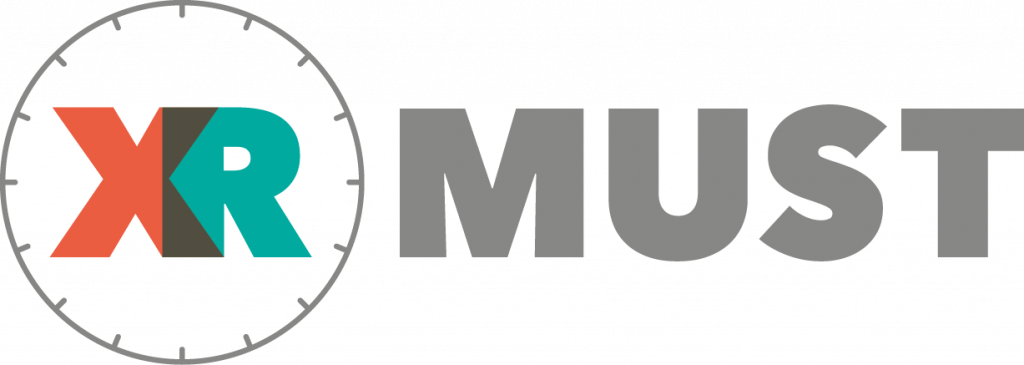How can digital arts organisations bring in a business mindset while maintaining artistic integrity as major producers of digital art? DI/S – Digital Inter/Section, a multiyear project supported by Creative Europe, is releasing four case studies of new business models for digital arts organisations and the creative sector. Some of the key finds include a strong audience perspective and that funding through a diversification of income streams, independent of public or private funding, creates stability and sustainability. Second case study: KIKK in Namur, Belgium and the Klub Pavillon.
This article is published as part of a paid partnership.
KIKK and its Klub Pavillon
Klub Pavillion raises awareness of sponsorship dedicated to digital creativity through the creation of a members’ club that supports a new exhibition space.
In 2022 KIKK opened an exhibition space in Namur (Belgium) dedicated to the digital experience that increased the organisation’s dependence on public funding. To reduce this dependence, KIKK has looked into developing new private support through a members’ club, based on adherence to the project and its values, that guarantees a unique offer to members while securing funding for an exhibition space for digital art that is open around the year.
A couple of takeaways from this case study are the importance of strategic analysis to align the club’s offer with the Pavillion’s programme and of working towards a deadline and a fixed sum for the Pavillion Klub patronage.
Project purpose:
- Ensure the sustainability of le Pavillon as an
- exhibition space open year-round and ensure
- KIKK’s support for digital creativity.
Why we need this:
We needed it to diversify Pavillon’s revenues and insure Pavillon’s economic viability during uncertain time.
We want to reach:
Reach 50 000€ of patronage from the club membership for 2025.
Key partners supporting the project:
KIKK asbl – Namur – supporting the Klub development
- As Le Pavillon is a KIKK project, KIKK helps Le Pavillon with its administrative structure and resources. By being part of KIKK, Le Pavillon benefits from its added-value to build a larger offer.
- In a long term vision, building a global offer for KIKK including all the KIKK asbl activities can increase the added-value perception from club members and increase their memberships amount.
TRAKK – Namur – adding value to the Klub
- With its spaces and its expertise, TRAKK can offer specific conferences and workshops to complete the Klub Pavillon offer
Prométhéa – Wallonia – helping the Klub creation
- Prométhéa as the reference in patronage initiatives with a big expertise, they can help the Klub creation with coaching sessions.
Coaching session with Nathalie Courville, marketing and communication expert

Competition and uniqueness
Club memberships supporting cultural and artistic institutions are already existing. In Wallonia and Brussels, we identified 8 other
clubs. The offer of those is generally basic and comparable (tickets, opening, drinks,…). In this environment, the Klub Pavillon is built to be different by using a classic offer and using its specific positioning on Art, Sciences and Technology to propose a stronger added-value for members with events and workshops.

Strategic approach
- Step 1: 2022-2024 – Recolt information from Pavillon and do a strategic analysis. Objective : having a 360° vision of the project, understanding revenues and costs, questioning the organization efficiency, identifying development opportunities and controlling issues.
- Step 2: 2022-2024 – Based on specific needs, identifying solutions and having feedback from other comparable organizations. Objective : before developing the Klub Pavillon, having an idea of existing solutions and the return on experience.
- Step 3: March – September 2024 – Set up the resources necessary for Klub Pavillon development. Objective : identifying the needs to develop the Klub Pavillon and organize resources to start the project (HR, coaching,…).
- Step 4: March – September 2024 – Define the Klub Pavillon solution, its context, targets and offer. Objective : align the chosen solution with Pavillon’s specificities and start building the Klub offer based on the strategic analysis and additional information from benchmarking and targeting.
- Step 5: October – November 2024 – Recolt feedback from exploratory interviews. Objective : challenge the Klub Pavillon offer to verify the interest of targets, improve it and add new features.
- Step 6: November 2024 – Create the marketing and communication materials. Objective : having professional materials to prospect targets.
- Step 7: January 2025 – Launch of Klub Pavillon. Objective: prospecting and closing deals to reach the 50000€ objective for 2025.

Sustainability
The Klub Pavillon aligns with a sustainability strategy on multiple levels. Economically, it aims to diversify revenue streams, reducing dependence on public funding while promoting KIKK and Pavillon’s content that raise awareness among technologies and its impact on society through an artistic and scientific approach.
Klub Pavillon’s activities promote gender parity among artists and speakers while encouraging greater participation of women in technology. Events are designed to be accessible to all, with formats adapted for people with disabilities. We’ll launch a study to identify actions to make the Pavillon more accessible to people with disabilities.
Workshops on sustainable technologies and business practices are part of the offer, and partnerships with committed local actors (like TRAKK) help align the Klub with current societal challenges.
Lessons learned
To know about the lessons learned, and a complete case study about KIKK, download it on DI/S – Digital Inter/Section’s website.



Leave a Reply
You must be logged in to post a comment.